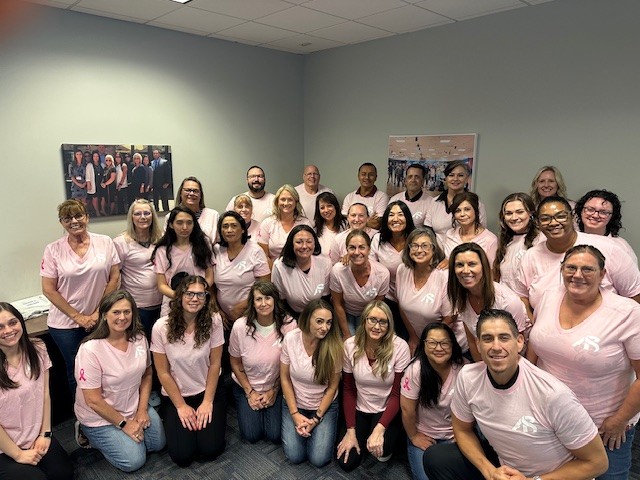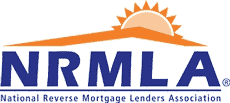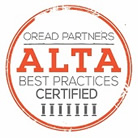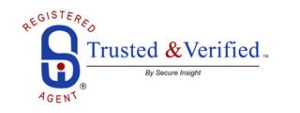October and the Pink Ribbon: What You Should Know

Written by: Sarah Clark, Better Health with Sarah
October and the Pink Ribbon: What You Should Know
Every October, pink ribbons appear on everything from food packaging to personal care items to household products — all meant to raise awareness for breast cancer.
While the pink ribbon has become a symbol of awareness, hope and support, it’s important to recognize a growing concern: pinkwashing. This term refers to companies that promote pink ribbon products to show support for breast cancer awareness, while at the same time selling products that contain ingredients linked to the disease.
According to Breast Cancer Action, a pinkwasher is “a company or organization that claims to care about breast cancer by promoting a pink ribbon product, but at the same time produces, manufactures, and/or sells products containing chemicals that are linked to the disease.”
So how can we support breast cancer awareness in a meaningful way?
- Take a closer look at labels and ingredients before purchasing pink ribbon products.
- Choose items from brands that are transparent and committed to safer practices.
- Consider donating directly to organizations making a measurable impact, such as:
- Breast Cancer Prevention Partners – https://www.bcpp.org/ – focused on prevention through science and advocacy
- Campaign for Safe Cosmetics– https://www.safecosmetics.org/ focuses on eliminating dangerous chemicals from products
- METAvivor– https://metavivor.org/ supporting research and awareness for Stage 4 breast cancer
- Albie Aware – https://albieaware.org/ a Sacramento-based nonprofit providing direct support to breast cancer patients
Awareness matters, but so does accountability. This October, let’s ensure that pink stands for more than profit.
Sarah Clark – Non-Toxic Living Educator
Follow me on IG: @betterhealthwithsarah
Article from breastcancer.org
https://www.breastcancer.org/about-breast-cancer/breast-cancer-awareness-month/pinkwashing




